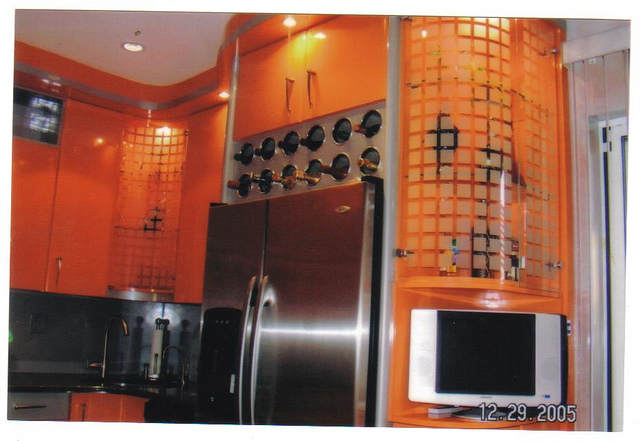Tech
How Will Electrical Appliances Of The Future Look?

Just 25 years ago, even the most optimistic among us would have no doubt struggled to accurately predict how the evolution of household electrical appliances would proceed over the following quarter of a century.

Nevertheless, the average household in the developed world is a veritable hive of technology, with all manner of gadgets and gizmos accomplishing various everyday tasks so the residents don’t have to.
Of course, there is a practical necessity to our dependence on household appliances, and it isn’t just down to sheer laziness – as many of us work such long hours, it’s just as well we have washing machines, tumble dryers, ovens and so on to help save us time and effort.
If it weren’t for the electrical appliances many of us have come to rely on, it’s fair to say our homes would look dramatically different.
Of course, given the rapid evolution in electrical appliances over the last few decades, it’s difficult to predict with any real certainty just what their future counterparts will look like.
However, there are some indications which can give us some idea.
The kitchen of the future
It’s not an overstatement to say that the role of the kitchen has evolved rapidly over the decades.
Whereas kitchen spaces were once used purely for cooking, they’ve now developed into spaces for socialising as well – along with a number of other activities.
It stands to reason, then, that as the purpose of the kitchen has changed, so has its appearance.
Changing lifestyles play a crucial role in driving change in and around the kitchen, and the increasing versatility of the modern kitchen produces a need for appliances which are both practical and functional.
There are also far more single-person households than there used to be, and more people live in small flats where space is at a premium.
This is a trend which is likely to gather further momentum over the coming years, and will influence the design of both kitchen appliances and electrical appliances in general.
Sustainability
Public awareness of environmental issues continues to rise, and so consumer demand for environmentally-sustainable electrical appliance is likely to grow in tandem.
There is, of course, a financial imperative there as well. Energy bills are continuing to rise, and this trend shows few signs of slowing.
It makes financial sense for consumers to buy electrical appliances which are energy-efficient, as this should help to reduce energy bills.
The advent of Smart Grid technology is also likely to have a big influence on the design of electrical appliances.
Smart Grids work by managing demand for electricity to avoid surges at peak times, as well as reducing dependence on carbon-burning power plants.
The precise effect this will have on the design of electrical appliances remains to be seen, but potentially it could allow customers to access remote diagnoses of problems, as well as continual program updates.
This could, potentially, ensure that the electrical appliances of the future last considerably longer than their present-day counterparts – which is likely to be welcomed by consumers themselves.
Featured images:
License: Creative Commons
image source
Guest post contributed by Lauren Belfield, an avid shopper and hobby chef with a particular love of soups.
Highly reccomends a waring soup maker for any soup lovers!
-

 Tech11 years ago
Tech11 years agoCreating An e-Commerce Website
-

 Tech11 years ago
Tech11 years agoDesign Template Guidelines For Mobile Apps
-

 Business6 years ago
Business6 years agoWhat Is AdsSupply? A Comprehensive Review
-

 Business10 years ago
Business10 years agoThe Key Types Of Brochure Printing Services
-

 Tech8 years ago
Tech8 years agoWhen To Send Your Bulk Messages?
-

 Tech5 years ago
Tech5 years ago5 Link Building Strategies You Can Apply For Local SEO
-

 Law5 years ago
Law5 years agoHow Can A Divorce Lawyer Help You Get Through Divorce?
-

 Home Improvement6 years ago
Home Improvement6 years agoHоw tо Kеер Antѕ Out оf Yоur Kitсhеn































